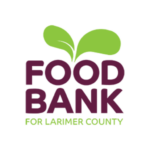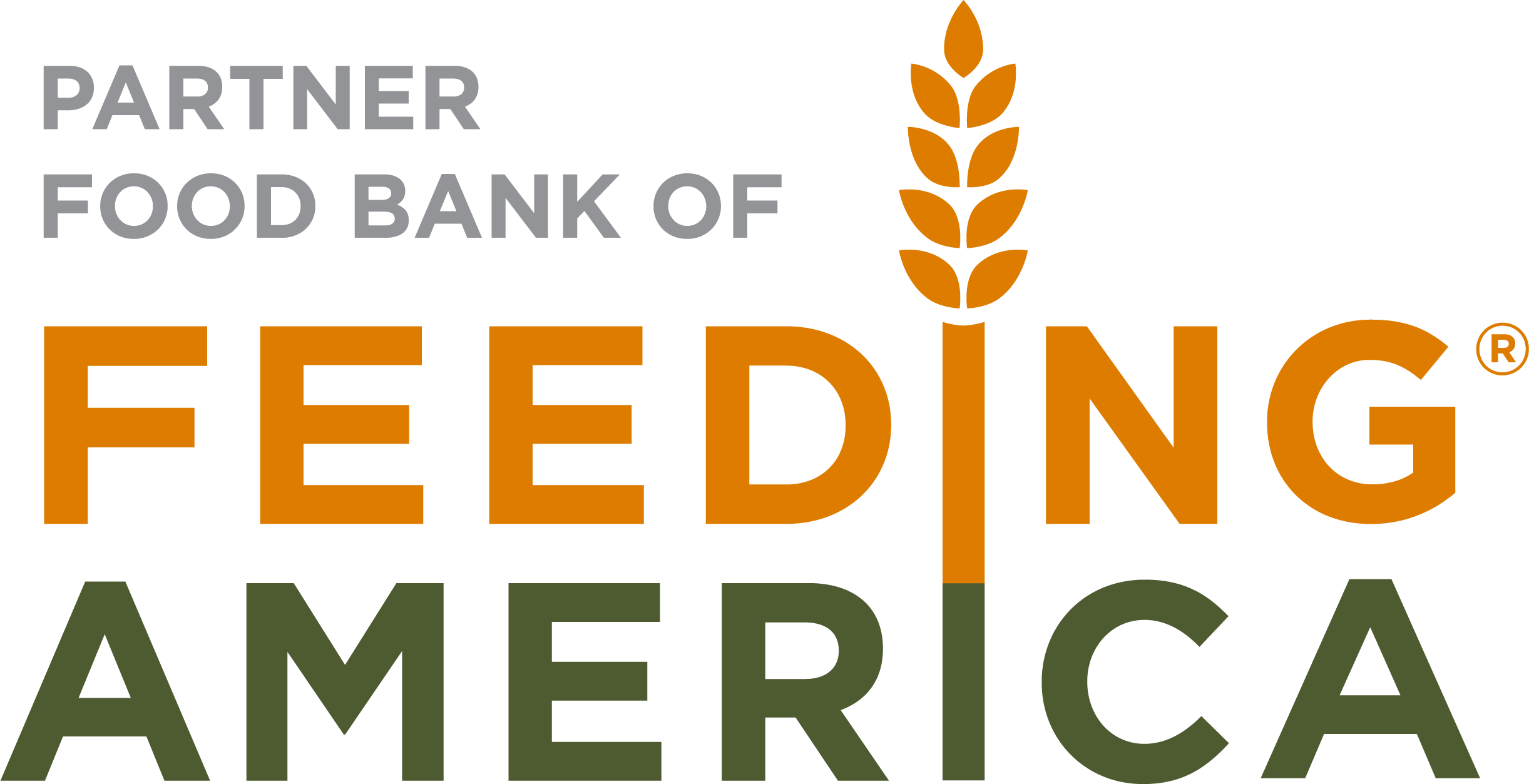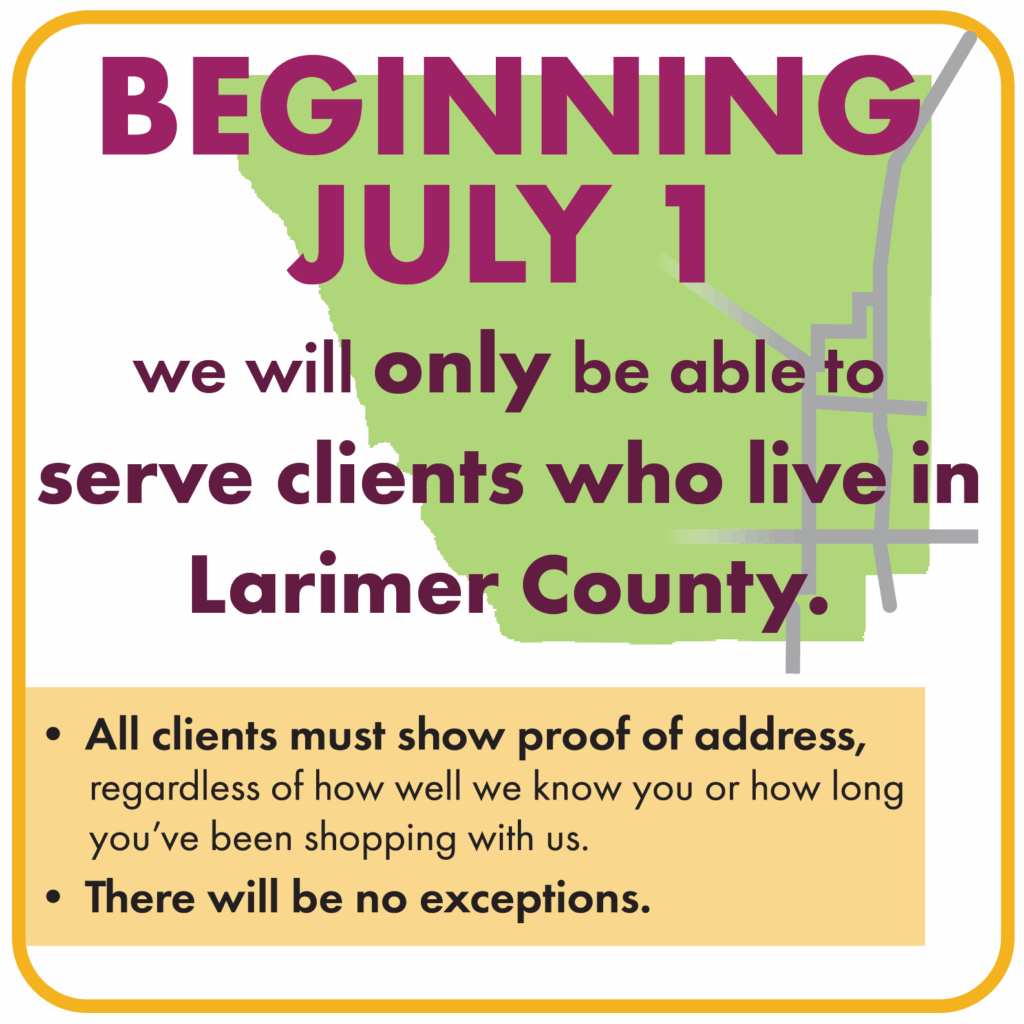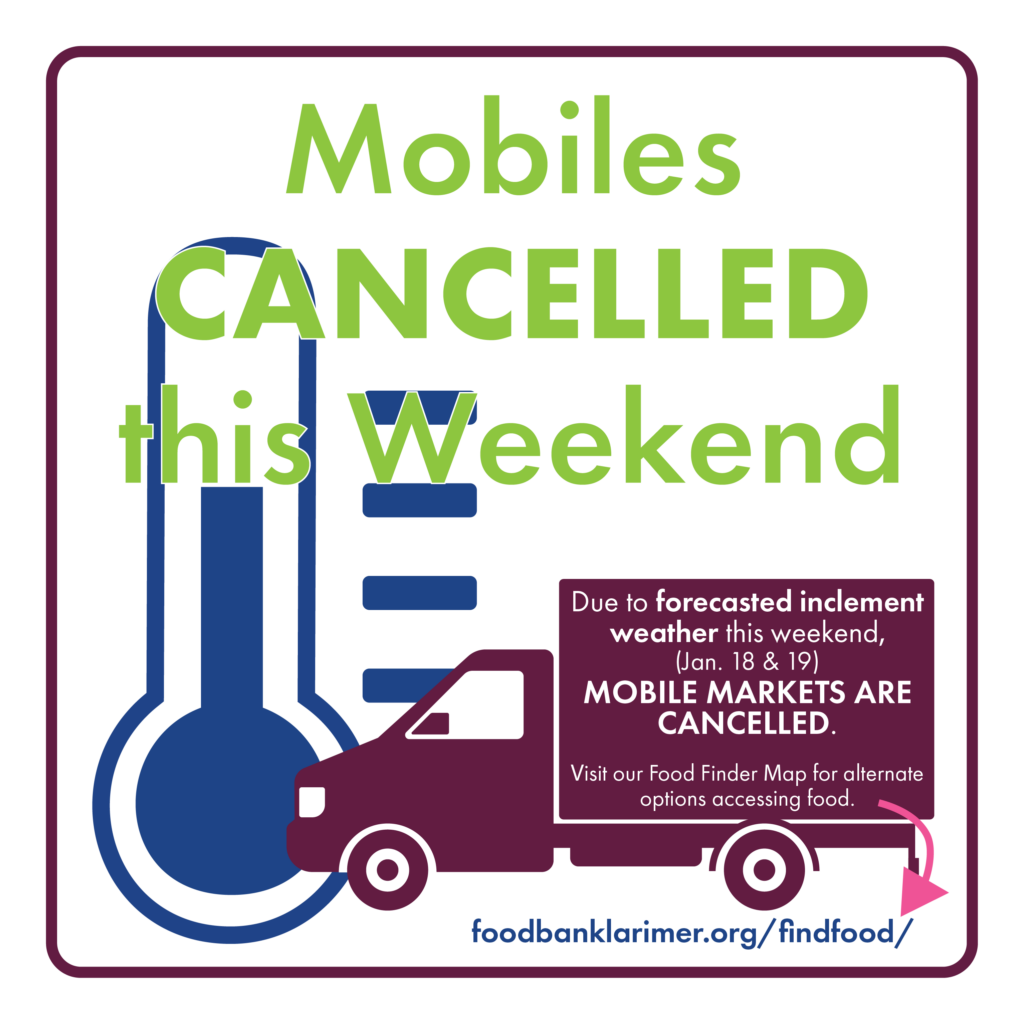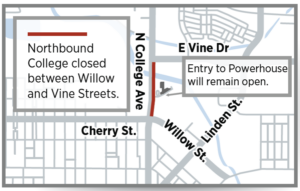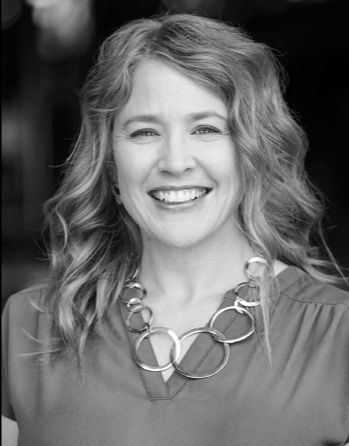
Note from the CEO
May, 2024
In May we celebrate Older Americans Month, so it is an opportunity to discuss how we address food insecurity with our older population. Colorado has one of the fastest growing populations of older adults (those over 60) surpassed only by Alaska and Nevada and this population has grown by 55% over the last 10 years.
In the 2023 calendar year, roughly 13% of our clients were aged 60 or older. It is estimated that by 2025 almost one-quarter of the total population of Larimer County will be over the age of 60 so we expect this percentage to continue to 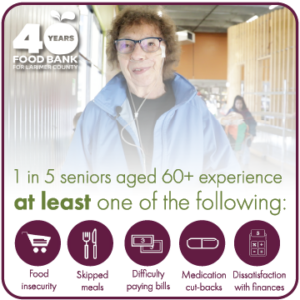 increase.
increase.
Seniors encounter circumstances they cannot alter as easily—or perhaps not at all—in the same ways younger adults can. Seniors are more likely to suffer from chronic and health-related conditions including depression, diabetes, and heart disease. The National Council on Aging reports that about 80% of older adults have at least one chronic condition and 77% have at least two. They also are more likely to live with a disability and are more likely to face financial difficulties. Almost 76% of Colorado seniors are eligible to receive SNAP benefits, a staggering number. Unfortunately, not nearly as many are enrolled increasing the prevalence of food insecurity among this group.
We see this at our Fresh Food Share no-cost markets. Those over 60 visit our markets at a much greater frequency than those under 60. For instance, at our Loveland Market, individuals over 60 shop at least twice per month whereas those 20-29 shop less than once per month, on average. This makes sense when you consider many of these individuals are retired and living on a fixed income at the same time as they may have increasing health care and medication needs.
During the pandemic, we started doing some limited home delivery to homebound seniors with the help of Colorado State University who supplied vehicles and drivers when school was not in session. When they could no longer continue to assist, we accessed grant money due to the unique circumstances at the time. Unfortunately, that source of funding is no longer available. We’ve had to scale back but are still able to delivery to a small number of seniors with the help of volunteers. It is a priority for us, over the next year, to make this a scalable and sustainable part of our programming.
Senior Focused Services
Currently, our programs that are uniquely crafted and run to meet the needs of our senior clients include a program known as Everyday Eats. Everyday Eats is a commodity food support program that helps those 60 and over keep a steady stock of healthy food staples in their kitchens. These boxes are distributed at our two Food Share locations and participating seniors—or their designated proxy—pick them up monthly. These are in addition to what they would normally take home after a regular shopping visit at the same Food Share.
Through a partnership with Volunteers of America, our Nutritious Kitchen staff and volunteer team also cook and prepare hot, from scratch, congregate style senior meals that that are delivered to senior centers and senior living facilities each weekday. Seniors contact the VOA to request one of these nutritious meals and indicate their requested delivery location. In turn, the VOA sends a daily order to our kitchen staff who prepare the meals to order.
Our Senior Volunteers
Almost 10% of all FBLC volunteers are 60 and older. And, like any of us, these volunteers naturally enjoy and value contributing to a role that serves and supports people who are their peers and with whom they relate. Quite frankly, we wouldn’t have nearly as robust of a volunteer force if it weren’t for people over 60 – they are a lifeline for us! Volunteers in this age group tend to have more time to spend with us, have more flexible schedules, and tend to stay with us longer. These senior volunteers also enjoy an active volunteer experience that exposes them to new friendships with fellow volunteers of all ages.
Senior hunger, compounded by the prevalence of chronic illnesses poses a significant threat to the wellbeing of older adults. By implementing comprehensive strategies that include policy interventions, community support and hopefully, in the not too far future, healthcare integration we can ensure that every senior has access to nutritious food and the opportunity to age with dignity and health.
